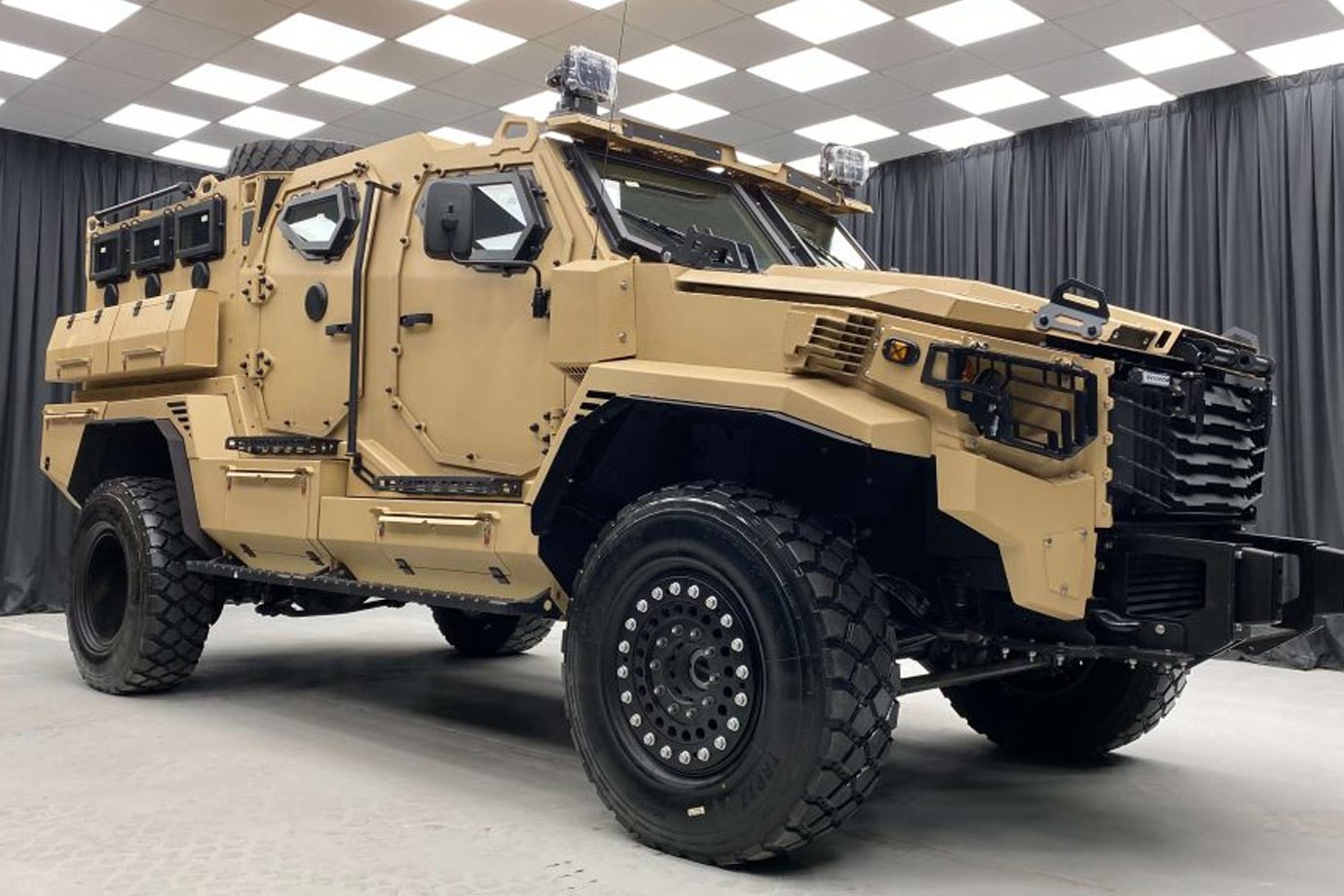M715: The Forgotten Warrior
M715: The Forgotten Warrior
In the annals of military vehicles, certain names resonate more than others. The M715, produced by Kaiser Jeep, is one such vehicle that played a crucial role and yet remains relatively unknown today. First produced in 1967, the M715 was designed as a rugged 1 1/4 ton cargo truck for the U.S. Army. It was one of the last trucks in its series before being replaced by more contemporary models.
History and Development
By the mid-1960s, the U.S. military sought a replacement for the Dodge M37. The Kaiser Jeep, with its civilian Gladiator truck as a base, provided an attractive platform. In 1967, Kaiser was awarded the contract and production of the M715 began in earnest. Its development aimed to fulfill a range of functionality, from cargo transport to ambulance services.
The M715 was part of a family of vehicles which included the M725 ambulance, the M726 telephone maintenance truck, and the M724 chassis truck. Despite its relatively late introduction, the M715 saw extensive service during the Vietnam War. Soldiers fondly remember its reliability in harsh jungle environments.
Technical Specifications
Engine and Transmission
The M715 is powered by a 3.8-liter Tornado Inline-6 engine. This engine produced around 132 horsepower, respectable for its time. Paired with a 4-speed manual transmission, it allowed the M715 to tackle various terrains. The transmission featured a two-speed transfer case, adding to its off-road capability.
Design Features
- Wheelbase: 126 inches
- Length: 209 inches
- Width: 85 inches
- Height: 93 inches
- Weight: 5,050 lbs
The design aimed at durability and utility. The truck had a cargo capacity of 1 1/4 tons thanks to its reinforced chassis. Its open cab design was practical for visibility and ease of use in different climates. The bed of the truck was a simple box layout, maximizing space for cargo or troops.
Drive and Suspension
The M715 features a 4×4 drive system that included solid axles and leaf spring suspension. These components provided outstanding off-road performance. The vehicle’s high ground clearance helped in traversing difficult terrains, making it fit for various military operations.
Service and Duty
During its service, the M715 proved to be a reliable workhorse in diverse conditions. From the dense jungles of Vietnam to rugged European terrains, it performed admirably. Troops benefited from its dual-purpose nature, utilizing it for both transport and reconnaissance missions.
Though officially retired from military service in 1985, many M715 trucks found second lives in civilian hands. They became popular among fire departments, forestry services, and enthusiasts. Its simple mechanics and robust build made it a favorite for modification and customization.
Legacy and Influence
The M715’s influence extended beyond its military tenure. Manufacturers and designers took note of its capabilities and incorporated similar features into future models. The truck inspired subsequent generations of military vehicles, influencing designs like the Humvee and even civilian off-road trucks.
Collectors and historians appreciate the M715 for its historical significance. Photos and documents highlight its usage in various theaters of war. Surviving units are often displayed in museums, offering a tangible connection to the past.
The community of M715 enthusiasts is a testament to its lasting impact. Clubs and online forums share maintenance tips, spare parts, and restoration stories. Their dedication ensures that the legacy of the M715 continues for future generations.
In retrospect, the M715 might not have the same household recognition as some other military vehicles, but those who know of it, hold it in high regard. Its blend of practicality, durability, and historical relevance cements its position as an unsung hero in the realm of military engineering.
